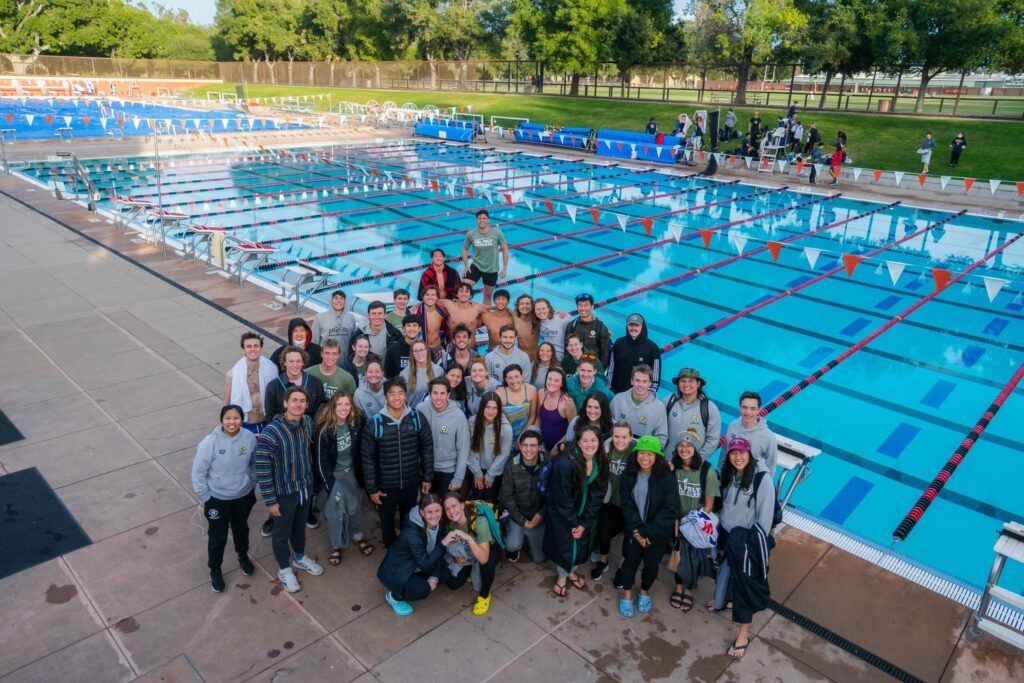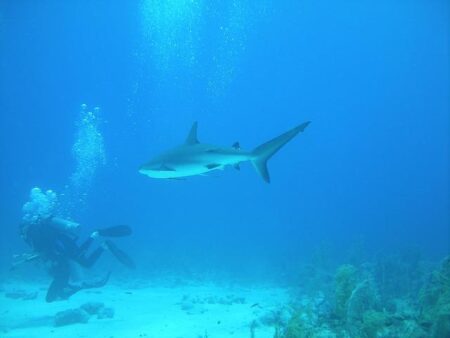Cal Poly has announced it will not reinstate its men’s and women’s swimming programs, falling significantly short of the fundraising goal set to revive the teams. Despite efforts by alumni and supporters to generate the necessary financial backing, the university deemed the campaign insufficient to ensure the long-term sustainability of the sport. The decision marks a continuation of the swimming programs’ suspension, originally implemented amid budgetary challenges, leaving athletes and fans disappointed as the campus community contends with the loss.
Cal Poly Falls Significantly Short of Fundraising Target for Swimming Program
Cal Poly’s ambitious campaign to revive its once-celebrated swimming program has fallen significantly short of the necessary funding threshold, forcing university officials to abandon plans for reinstatement. Despite extensive outreach and fundraising efforts over the past year, the campaign only managed to collect 40% of its $3 million target. Key alumni and donors had expressed initial enthusiasm, but widespread economic uncertainty and competing priorities led to a steep decline in contributions as the deadline approached.
Major factors behind the fundraising shortfall included:
- Reduced donor engagement amid broader institutional budget pressures
- Limited marketing reach beyond the existing Cal Poly fanbase
- Increasing operational costs associated with maintaining NCAA swimming standards
| Metric | Goal | Actual Raised | Completion |
|---|---|---|---|
| Fundraising Target | $3,000,000 | $1,200,000 | 40% |
| Donor Participation | 500 | 310 | 62% |
The administration has indicated that without meeting the full fundraising criteria, reinstating the swimming program would compromise the quality and sustainability of Cal Poly’s athletics offerings. Moving forward, the university plans to redirect efforts toward strengthening existing sports programs with established support, ensuring resources are optimized for competitive success across the board.
Analyzing the Impact of Swimming Program Suspension on Athletes and Campus Community
The suspension of Cal Poly’s swimming program has sent ripples throughout the campus, affecting not only the student-athletes but also the wider university community. For swimmers, the decision represents a sudden halt to their athletic and academic routines, forcing many to reconsider scholarship opportunities and transfer possibilities. Coaches, too, face professional uncertainty, as the absence of a program diminishes recruitment efforts and competitive representation on a national level. Beyond sports, the campus has experienced diminished school spirit and fewer community engagement events tied to aquatic sports, which previously functioned as a social and wellness outlet for students.
- Student-athlete displacement: Scholarship reallocations and potential academic transfer challenges.
- Coach employment insecurity: Impact on career continuity and recruiting dynamics.
- Campus morale: Reduced athletic diversity and fewer intramural aquatic activities.
- Community engagement: Loss of swimming-related events affecting local and student interaction.
| Impact Area | Consequence | Duration |
|---|---|---|
| Scholarships | Reduced funding for swimmers | Indefinite |
| Team Recruitment | Stalled athlete intake | 2024-2026 |
| Community Events | Cancellation of swim meets | Immediate |
| Student Wellness | Limited aquatic exercise options | Ongoing |
As the university navigates this funding shortfall, the broader effects highlight the complexities of balancing financial constraints with athletic program sustainability. Stakeholders emphasize the need for strategic planning to mitigate these consequences and explore alternative avenues for supporting aquatic sports enthusiasts on campus. The ongoing dialogue underscores the critical role of community backing and innovative fundraising to potentially revive the program in the future.
Recommendations for Future Funding Strategies to Revive Cal Poly Swimming
To revitalize the Cal Poly swimming program, strategic funding initiatives must prioritize diversified revenue streams beyond traditional alumni donations. Engaging local businesses through tailored sponsorship packages and creating collaborative events with community organizations can generate sustainable support. Prioritizing digital fundraising campaigns that leverage social media platforms could expand reach and galvanize a younger, more engaged donor base. Additionally, incorporating memberships or swim clinics with proceeds earmarked for the sport may build both grassroots enthusiasm and financial momentum.
Transparent communication of budget goals and spending progress is critical to restoring donor confidence. Establishing a dedicated committee to oversee fundraising efforts, equipped with clear milestones and accountability measures, will enhance credibility. Below is a proposed framework highlighting potential funding sources and their targeted contribution levels:
| Funding Channel | Target Contribution | Implementation Timeline |
|---|---|---|
| Corporate Sponsorships | $150,000 | 12 months |
| Alumni Campaigns | $100,000 | 9 months |
| Community Fundraising Events | $50,000 | 6-12 months |
| Digital Crowdfunding | $75,000 | 3-9 months |
| Swim Clinics & Memberships | $25,000 | Ongoing |
In Summary
As Cal Poly falls significantly short of its funding target, the university’s decision not to reinstate the swimming program marks a pivotal moment for athletes and supporters alike. While the outcome has disappointed many in the campus community, it underscores the financial realities facing collegiate sports programs today. Moving forward, Cal Poly continues to explore alternative avenues to support its student-athletes and maintain a diverse athletic offering within the constraints of its budget.





